Water Resources
- Related ESG :
- E
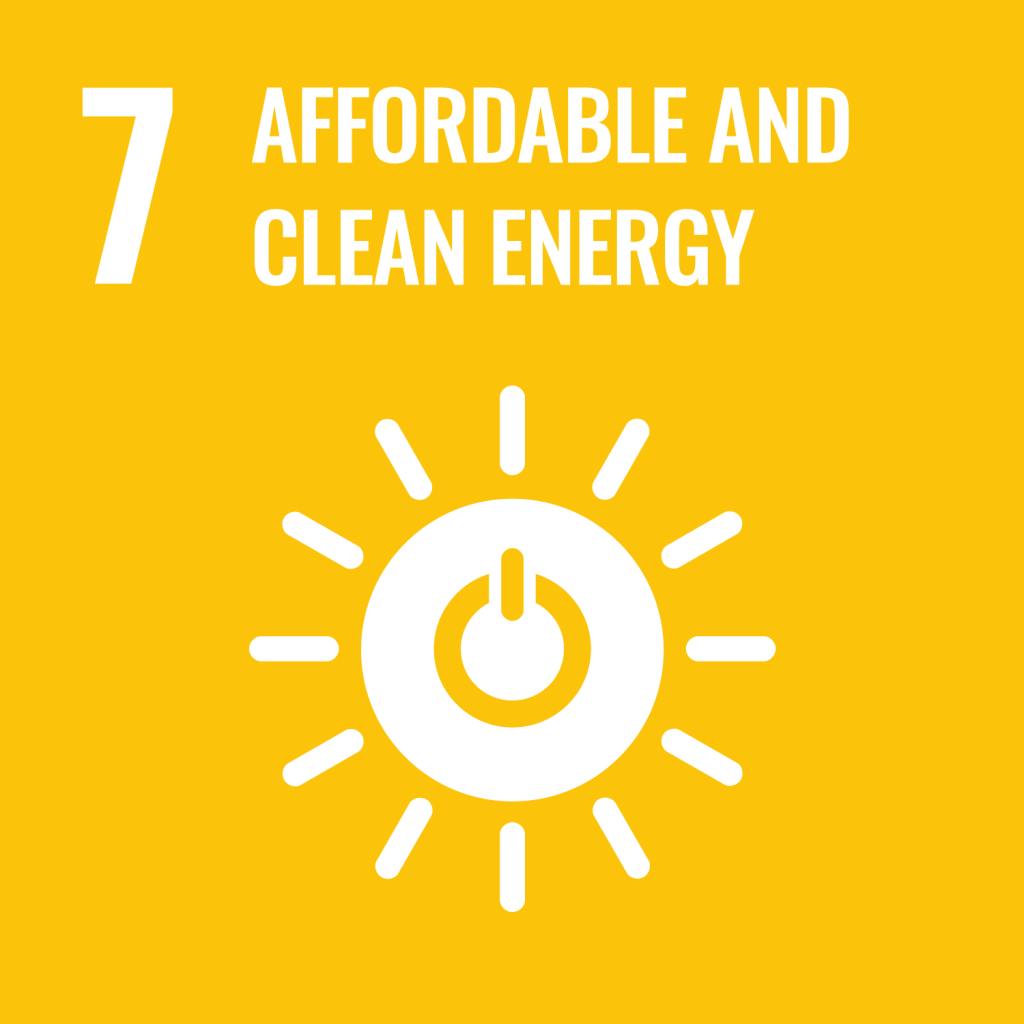
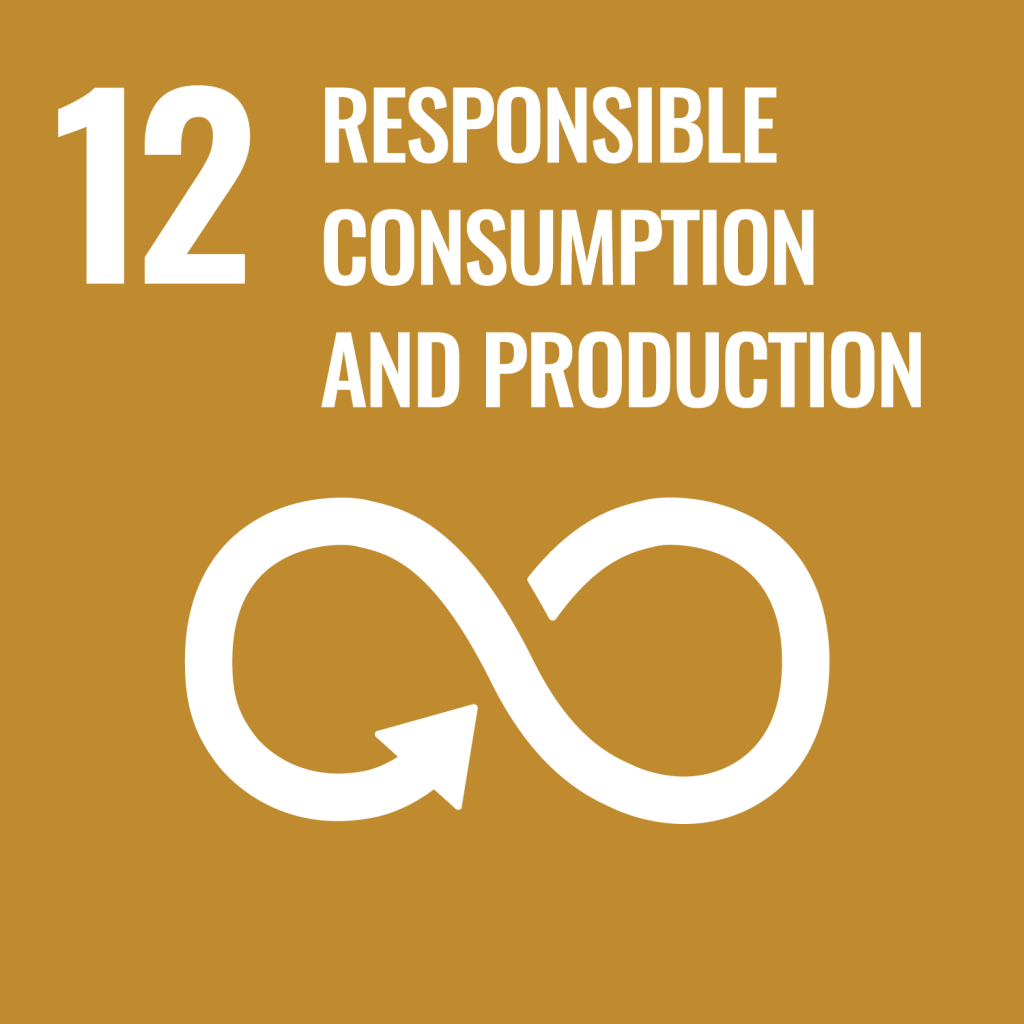
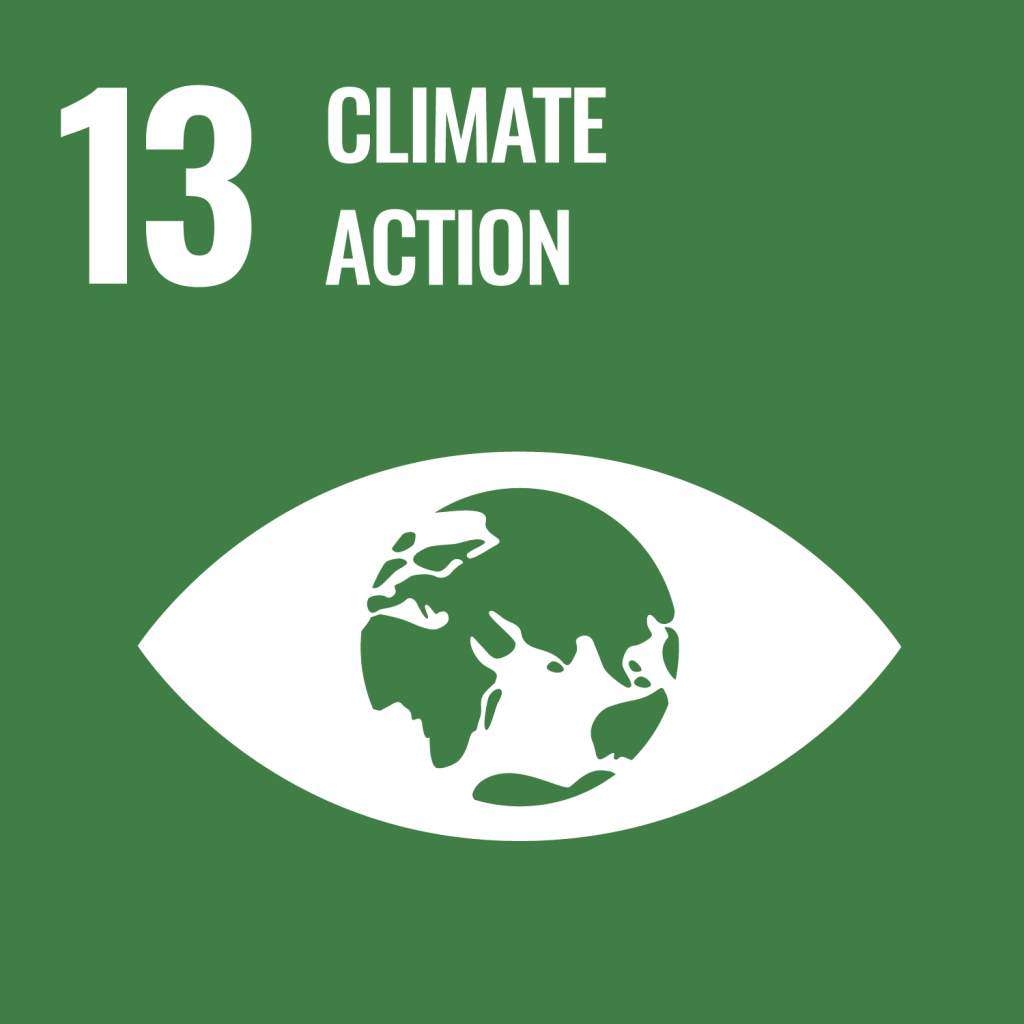
- Basic approach
- Structure
- Identifying risks
- Results
- Environmental compliance
- Initiatives related to risk reduction
- Initiatives related to identifying opportunities
- Initiatives related to expansion of opportunities
Basic approach
Water is a precious resource that keeps us alive and supports our lifestyles, and conserving water resources is an important global issue.
Toyobo group has committed in the TOYOBO Group Charter of Corporate Behavior to reduce and reuse resources used, including water resources, and to take measures to address environmental risks. In the area of business activities, we are working to minimize the use of water resources and conserve them by promoting water recycling.
Meanwhile, aiming to be a group that "continue to create the solutions needed by people and the earth with materials and science", our group will contribute to the conservation of water resources in Japan and abroad through our seawater desalination business and other activities.
Structure
Global Environment Conference is responsible for formulating and monitoring policies and measures to conserve water resources.
The content of deliberations at Global Environment Conference will be reported and shared as appropriate by Sustainability Committee through Safety and Disaster Management Division Director.
Board of Directors receives regular reports on the content of discussions at Sustainability Committee, approves key issues such as senior policies and targets, and oversees the progress of activities.
Identifying risks
To identify water risks (water stress, drought, flooding, water quality, etc.) in the operations of our business sites around the world, we use the AQUEDUCT Water Risk Atlas published by the World Resources Institute (WRI) to conduct our annual periodic assessment. In addition, if there is a change in the planned construction of a plant, an extraordinary assessment is conducted at that time to confirm the risks prior to the construction of a new site.
As a result, our two business sites in Thailand and Saudi Arabia were assessed as having high risk in terms of the amount of water available (existence of risk of drought occurrence and variation in the amount of water available from year to year).
Based on these results, we discussed with the relevant departments and confirmed the following for the two sites concerned.
- Located in an industrial park that is properly managed under the regulations of the country where the site is located, and measures are in place to minimize risk to an extent feasible (e.g., water supply backup system, etc.).
- Water consumption is less than 0.1% of the Toyobo's total water intake.
The group therefore does not currently consider itself to be exposed to any water risks that could have a significant financial or strategic impact.
Results
The following table shows the water intake by region for fiscal 2024.
Draw water volume by Region
(thousand m3)
| FY2022 | FY2023 | FY2024 | |
|---|---|---|---|
| High risk regions*1 | 94 | 86 | 97 |
| Low risk regions*2 | 85,830 | 86,111 | 86,717 |
| Total | 85,924 | 86,197 | 86,815 |
Draw Water Volume by Region for FY2024
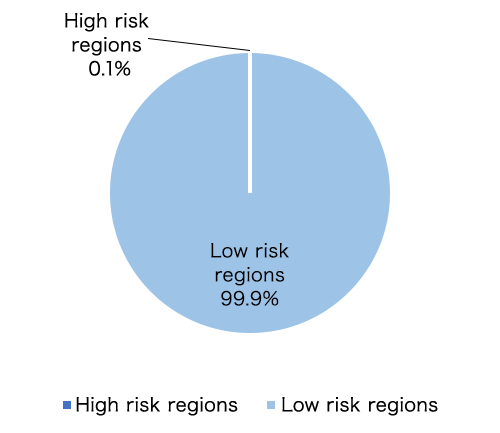
- High-risk regions: Regions rated as high risk in terms of the amount of water available in the AQUEDUCT Water Risk Atlas.
- Low-risk regions: Regions other than high-risk areas.
Despite a more than 3% increase in sales in fiscal 2024 compared to the previous year, the group's water intake was kept at a slight increase of about 0.7% over last year, as a result of ongoing water conservation efforts at each site to reduce the amount of water intake.
Environmental compliance
Three years from fiscal 2022 to fiscal 2024, there were no regulatory violations related water quantity permits, standards and regulations.
Initiatives
Risk reduction
Water resource management
Our group promotes appropriate management of water resources at all of its production sites through improvements in manufacturing processes, water conservation activities, and the use of recycled water.
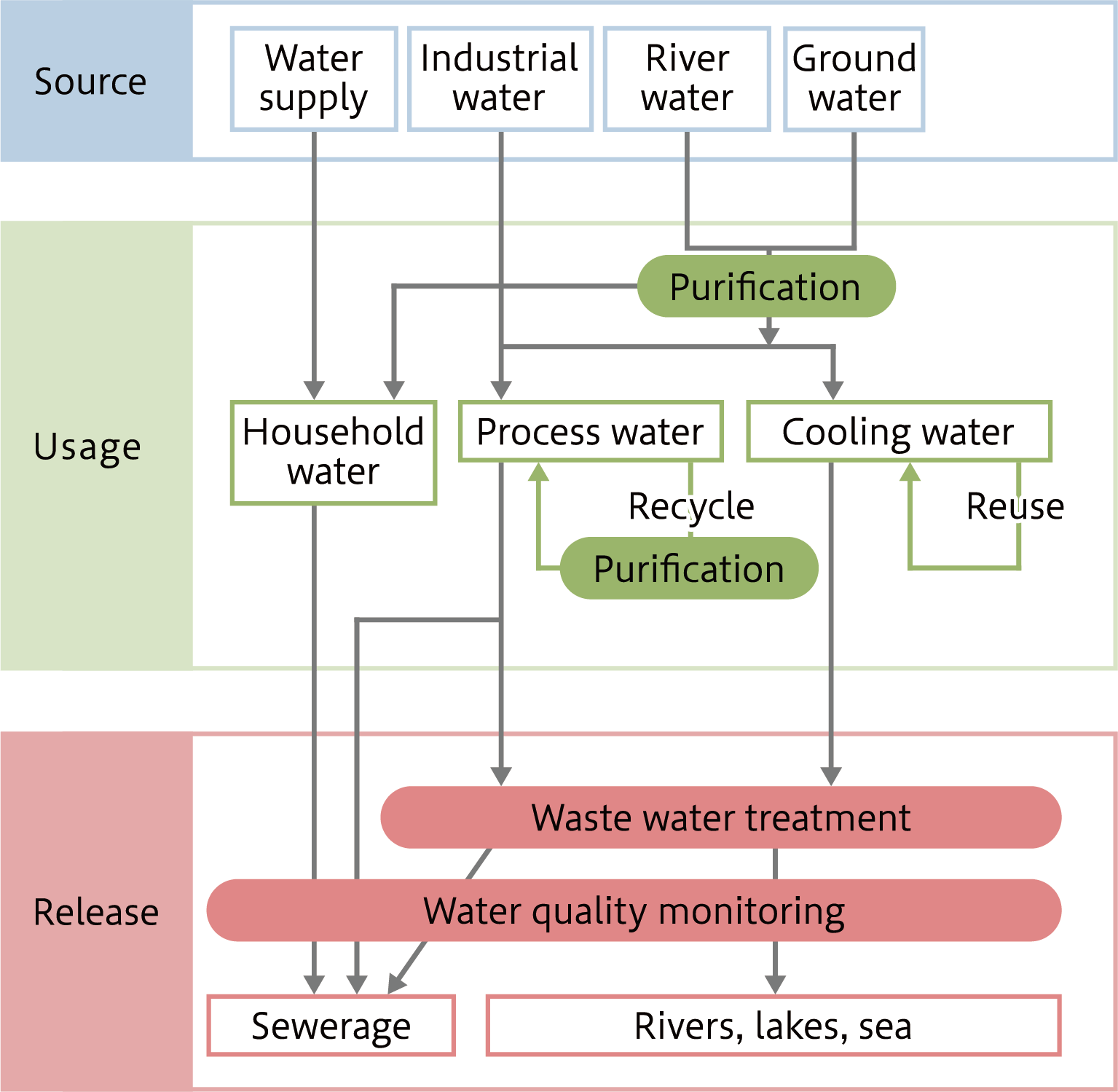
Water reusing and recycling system
Our group's manufacturing facilities process includes the cooling process for plastic resin products. Water used as cooling water is repeatedly used without being discharged.
Collaboration with local community
The Tsuruga Research and Production Center of our group participates in the ”Tsuruga City Water Environment Improvement Roundtable,” which consists of local government officials, academics, residents, companies, and NGOs that have come together for the purpose of groundwater management. At that community, we report on methods to achieve the water withdrawal reduction targets promised to the government and citizens, as well as the results of our activities and plans for the future.
Identifying opportunities
Contributing to the elimination of water shortage through business operations
Almost all of the water covering the globe is seawater, with limited quantities of the fresh water that we use. As a result, regions where fresh water is difficult to use are facing water shortages. The Middle East and the Gulf region in particular are seeing ongoing, remarkable economic development, with improved living standards and increased populations. As a result, securing water for both industrial and domestic use has become problematic, and the introduction of desalination plants* is underway. The Toyobo group supplies the membranes used in seawater desalination facilities, thereby helping to eliminate water shortages in these regions.
- Seawater desalination facilities: These removes the various salts present in seawater in order to produce fresh water, providing water for drinking and industrial use.
Expansion of opportunities.
HOLLOSEP® hollow fiber reverse osmosis membranes
Toyobo group's hollow fiber type reverse-osmosis (RO) membrane element HOLLOSEP® is a membrane that contributes to desalination of seawater. It boasts high water recovery rate, offers superior chlorine tolerance, and can inhibit the proliferation of microorganisms through chlorine sterilization. We produce high quality drinking water in the Middle East and Gulf countries that have high-temperature, highly saline seawater, harsh conditions for reverse osmosis membranes. With over 30 years' usage, these are highly acclaimed and hold a high market share. These are also used domestically, in Japan's largest seawater desalination plant.






